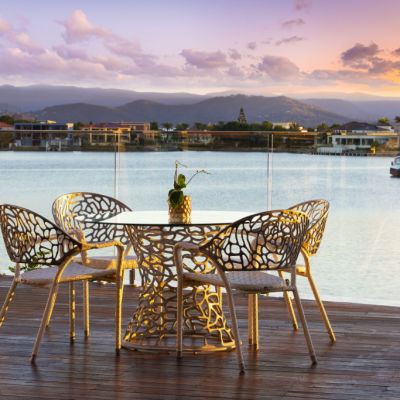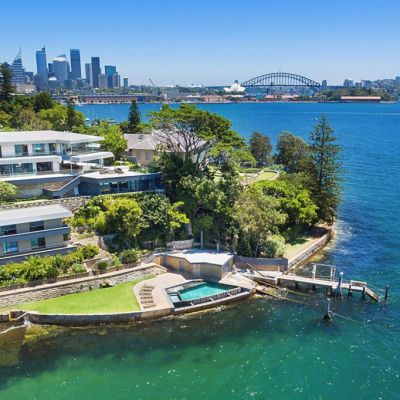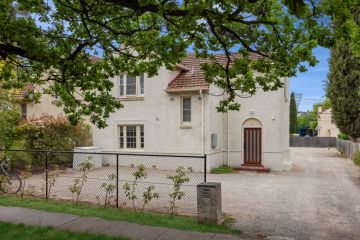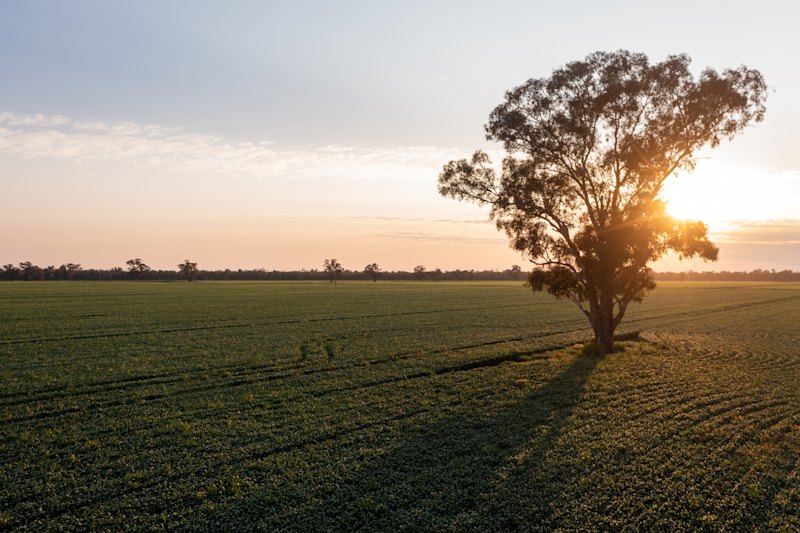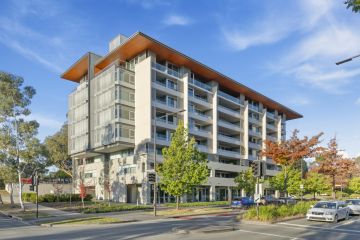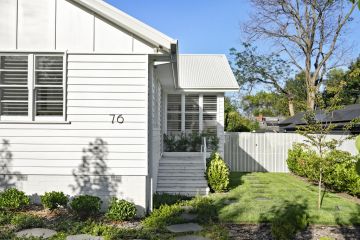Water clarity, proximity to water and flood risk influence waterfront property premiums, new report reveals
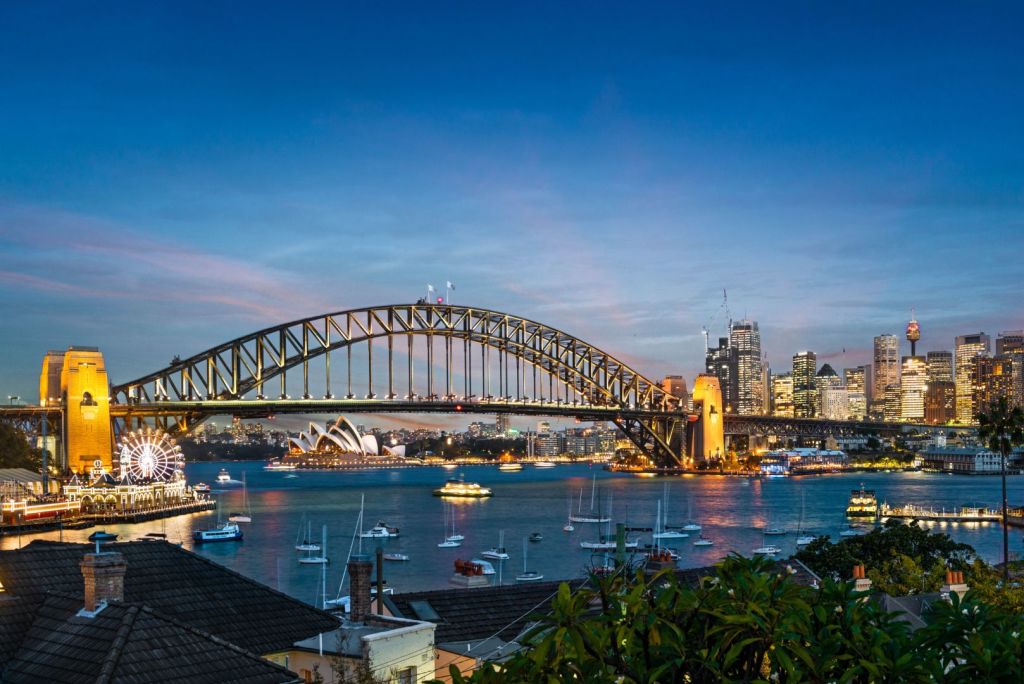
No two waterfront properties are equal, with a range of factors influencing the premiums people are willing to pay to snap up their dream home, according to a new report.
Proximity to water, differing views, property cycles, water clarity and flood risk all affect the price of waterfront properties but in different ways, according to the Water Views report by buyers’ advocacy Secret Agent.
Report researcher Jodie Walker said even a waterfront property’s local neighbourhood impacted prices.
“Sydney has got the iconic harbour and Opera House. Anywhere with a landmark and water views will be even more valuable,” Ms Walker said, adding Melbourne waterfronts would not command equal premiums.
The types of housing built on the waterfront affected prices more than the location itself, according to Ms Walker.
“Albert Park will always be more valuable as opposed to Frankston,” Ms Walker said.
“The area – the reputation of the area comes into play. Albert Park feels very nice but a lot of other suburbs, even though being waterfront, [they don’t] have as nice a character as Albert Park.”
This was supported by a Dutch study analysed by Ms Walker, which found properties located nearest the water only achieved a 5 per cent premium.
Marshall White Port Phillip selling agent Justin Holod agreed the housing type commanded different premiums for Melbourne’s waterfront properties.
“In Albert Park and Middle Park, there’s just a lot of bigger blocks and bigger houses that are side by side,” he said. “You then go down to St Kilda and Elwood and you do get older, art deco apartment blocks.”
He said an apartment building neighbouring a house in St Kilda could devalue the free-standing property.
The report also revealed varying bodies of water were likely to attract different price premiums.
“The price premium that is associated with a water view or even proximity to water found that the premium can be up to 60 per cent for a seaside property, up to 25 per cent for a lakeside property and up to 40 per cent for other inland water bodies,” the report said.
It also found that water quality had a bigger impact on sales prices than proximity to water.
“The impact decreased as distance from the waterfront increased. An increase in water clarity by one foot [30 centimetres] resulted in a 1.2 per cent increase in the price of the mean lakefront property,” the report found.
The report found property prices in Sydney’s flood prone areas could be affected by up to 22 per cent based on comparing sales over a 17-year period between homes that were flood-prone to those flood-free.
The lack of protection for water views could also impact waterfront property prices, according to Ms Walker.
“If there is potential for the view to be blocked out by development in the future then it is likely that the premium for that water view won’t be as high, or it might not exist at all,” she wrote.
“In addition, the projected impact of potential increases in water levels as a consequence of climate change may adversely affect property prices in some locations.”
Pillinger selling agent Brad Pillinger said Sydney waterfront properties commanded high premiums because of the few homes lining the harbour accompanied by an unrivalled iconic landmark.
“The difference between capital cities when you have access to Sydney Harbour is that you have access to a world icon,” he said, adding that there are only about 200 waterfronts between Watsons Bay and the city.
He said when Sydney harbour waterfront properties came onto the market, it was a “once-in-a-lifetime opportunity” for many buyers.
Mr Pillinger said no buyer had ever raised climate change concerns with him and he did not believe it had affected premiums.
We recommend
States
Capital Cities
Capital Cities - Rentals
Popular Areas
Allhomes
More
- © 2025, CoStar Group Inc.
